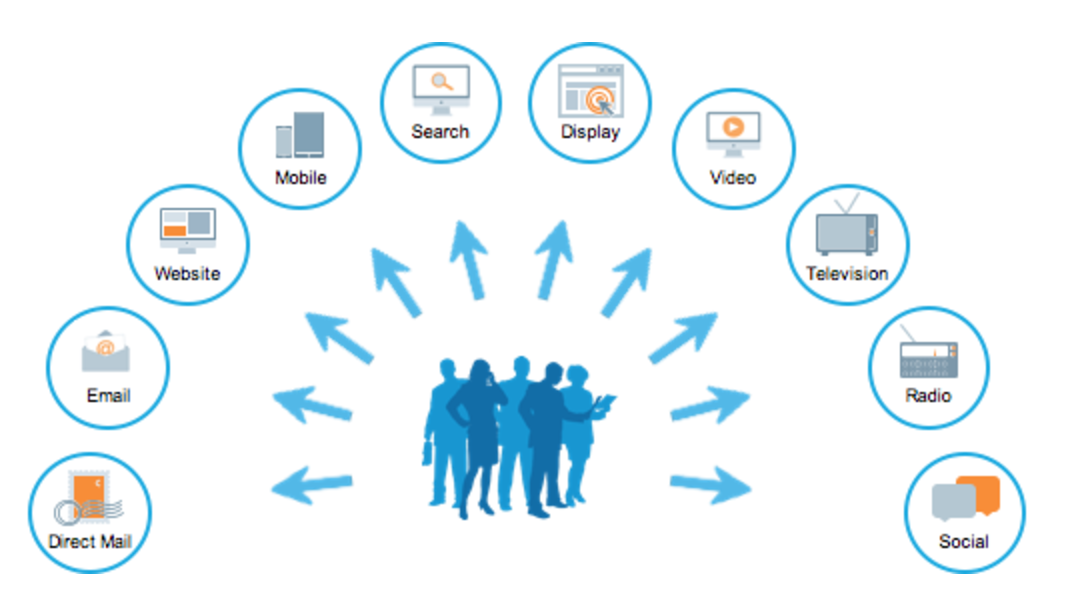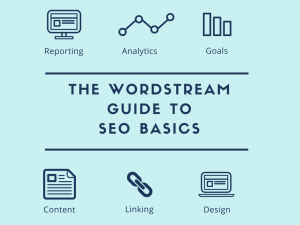People-based Marketing: Everything Old is New Again
by Justin Schuster , October 30, 2017
On the surface, people-based marketing appears to be a relatively recent innovation. The term was coined by Facebook in 2014 to describe how CRM data could be matched to Facebook accounts for targeting. Now the term has grown to encompass both targeting and measurement at the level of real individuals across any addressable channel.
While the language we use to describe this practice is new and continues to evolve, the fundamental concept at the heart of people-based marketing is as old as marketing itself – engaging real people with relevant offers based on what you know. Strip away the arcane technical complexity that shrouds people-based marketing today – using identity resolution to unify, augment, and activate data – and the connection to decades of best practice becomes more clear.

Marketing has always been about connecting with real people in ways that build trust and loyalty to a brand. The earliest shopkeepers knew their customers intimately – everything from basic demographic and intent data to detailed purchase histories. With a good memory, this insight could be applied in real time to great effect. At a fundamental level, the evolution of our craft over the past 50 years can be summed up as an effort to replicate this experience at scale across an expanding set of touchpoints. Throughout most of this history, marketing has been fundamentally ‘people-based’. The advent of easily accessible mailing and phone lists (comprised of real people, of course) enabled direct mail and telemarketing to take off in the ‘60s, inspiring Lester Wunderman to coined the term ‘direct marketing’ in 1967. In the nascent digital era of the early ‘90s, Peppers and Rogers popularized CRM as a strategy for using customer data to fuel one- to-one interactions, and new addressable channels appeared with the emergence of email and website cookies.
The first search and banner ads also appeared in the ‘90s, but people-based targeting on these channels wasn’t possible until much later – and this is where things took an interesting turn. For more than a decade, cookies were stretched far beyond their intended purpose and served as a crude, device-based mechanism for targeting and measurement. An entire generation of ‘digital’ marketers emerged who had no choice but to use cookies as a proxy for the people they ultimately wanted to reach.
Fortunately, ‘people-based’ approaches to addressability emerged for digital channels over time. In 2009, large database marketing companies created the first integrations for people-based targeting on social networks, internet music services, and online publishers that had a high volume of logged in users. More recently, Mobile Advertising IDs brought addressability into the world of apps, and it became a mainstream practice to onboard CRM data into the programmatic ecosystem to enable people-based marketing campaigns across both the walled gardens and the open web.
Understanding this historical context helps us see people-based marketing today in it’s proper light. On the one hand, it’s a new phenomenon – a way to use identity resolution to bridge offline and digital channels. On the other hand, it’s just the latest name for what marketers have been doing for 50 years – using data to engage real people with relevant offers at scale.
Why is this insight important? Many organizations have direct mail and email teams that have been honing the way they model audiences, plan campaigns, and measure results for years. As marketing becomes increasingly omnichannel, the insights these teams have – and the discipline of continual refinement that they’ve mastered – can be applied across all ‘people-based’ channels. In a world where everything old is new again, smart digital marketers are suddenly finding that their counterparts in traditional channels have a lot of expertise to offer.
MediaPost.com: Search Marketing Daily
(73)






